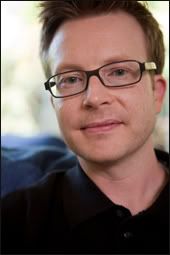How Meditation Can Be Dangerous
Published: Tue, 11/04/14
 | ||||||||||
|
The Now Effect Community! How this Moment Can Change the Rest of Your Life This is a story of Zen master, professor, poet, and essayist, Louis Nordstrom. Over 35 years ago Louis renounced his tenure as a professor in philosophy and robed up to begin his life as a monk. In an NY Times interview with Chip Brown, Nordstrom conveyed some insights into the connection between his trauma and abandonment as a child that revealed a hidden motive in his work with meditation. He said: "The Zen experience of forgetting the self was very natural to me," he told me last fall. "I had already been engaged in forgetting and abandoning the self in my childhood, which was filled with the fear of how unreal things seemed." For Nordstrom, meditation felt like a natural fit as there was a familiarity and calmness that came from detaching from thoughts, feelings, and emotions. It was attractive. However, his own depression and challenges continually arose throughout his life. He decided to go back to therapy. In therapy he came to understand a subtle, yet subversive motive he had to engage in meditation. In one way he was using meditation to cover up the pain he felt from the past, and by detaching from his thoughts, feelings, and emotions, so there was no self, he was saving himself from the possibility of his "self" ever getting abandoned again as he had by his mother in childhood. In other words, by using meditation to abandon himself, he saved himself from feeling the overwhelming pain of being abandoned by another in relationship. In doing this, he remained walled off and alone even in his relationships, which can be an instigator for depression. This is a very subtle nuance of meditation. You can feel emotional pain and just use the breath or another object of focus to dial that pain down. This can be skillful when pain is overwhelming, but if used always, can miss the insight and growth that occurs when we learn to understand and care for our pain. The gift of self-acceptance that comes from facing and being with our vulnerabilities. In returning to therapy he recognized something vital to his healing: "One of the most important insights I got from therapy with Jeffrey [the therapist] is that subconsciously I want the depth of my suffering to be witnessed by someone." So many of us, deep down, just want to be seen and acknowledged. Therapy and authentic friendships (which can be hard to come by since so many of us are unaware of our emotional triggers), can be a great source of having our pain understood, validated, and accepted. Practicing mindfulness meditation is not about detaching and forgetting ourselves. It is about "being with" whatever is arising in the moment. We are attempting to pay attention to ourselves, on purpose, and when judgments arise (e.g., this is good/bad, right/wrong, fair/unfair), seeing if we can notice those, let them be and just bring ourselves back to the experience of connecting with ourselves, not disconnecting. Practicing mindfulness meditation in service of connection can be a wonderful source of healing. From a mindfulness and psychotherapy perspective we are not trying disconnect from ourselves, but instead, become aware of all the history and experience that influences us today, remembering our life so we can cultivate insight into how it affects us intrapersonally and interpersonally in our relationships. We can learn to hold our past wounds in a nonjudgmental way, cultivating compassion and love for ourselves. In the end, Louis Nordstrom was able to integrate the insights from therapy with his Zen practice. His journey of insight through his practice and therapy can be a great teacher to us all as we continue on our own paths through mindfulness and mental health. Thank you as always for your support and your own practice. As always, you can choose a video-led practice today from The Now Effect and integrate it into your day once, twice or even three times. Allow your experience to teach you about its benefits. Enjoy! Feel free to forward this email on to anyone you think may benefit. A Few Free Gifts - Choose Your Own Adventure |
The Now Effect Community is a free newsletter that is meant to help you integrate more mindfulness and experience power, growth and freedom in daily life. As we intentionally practice and repeat things they start to become automatic. (You can unsubscribe at any time)
Photo Ã'© Gilles Mingasson This comes from Elisha Goldstein, PhD, a psychologist, mindfulness teacher, author and speaker. See Elisha's workshops and lectures
| |||||||||
| My Offerings Books 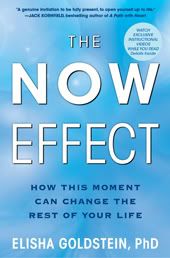 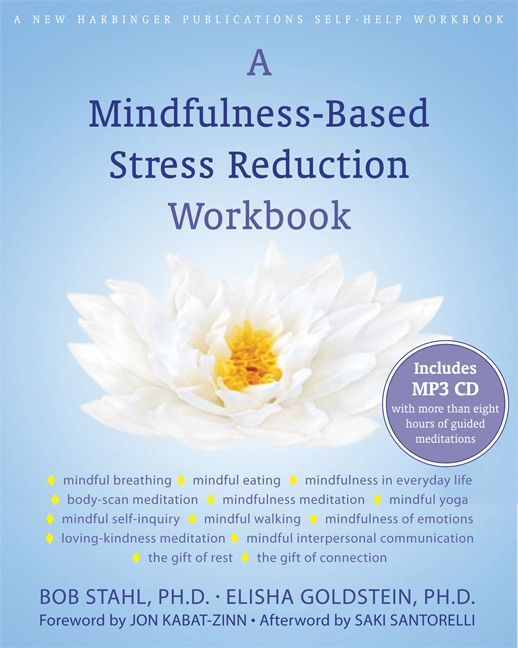 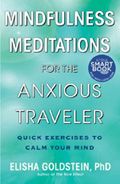 Audio Programs 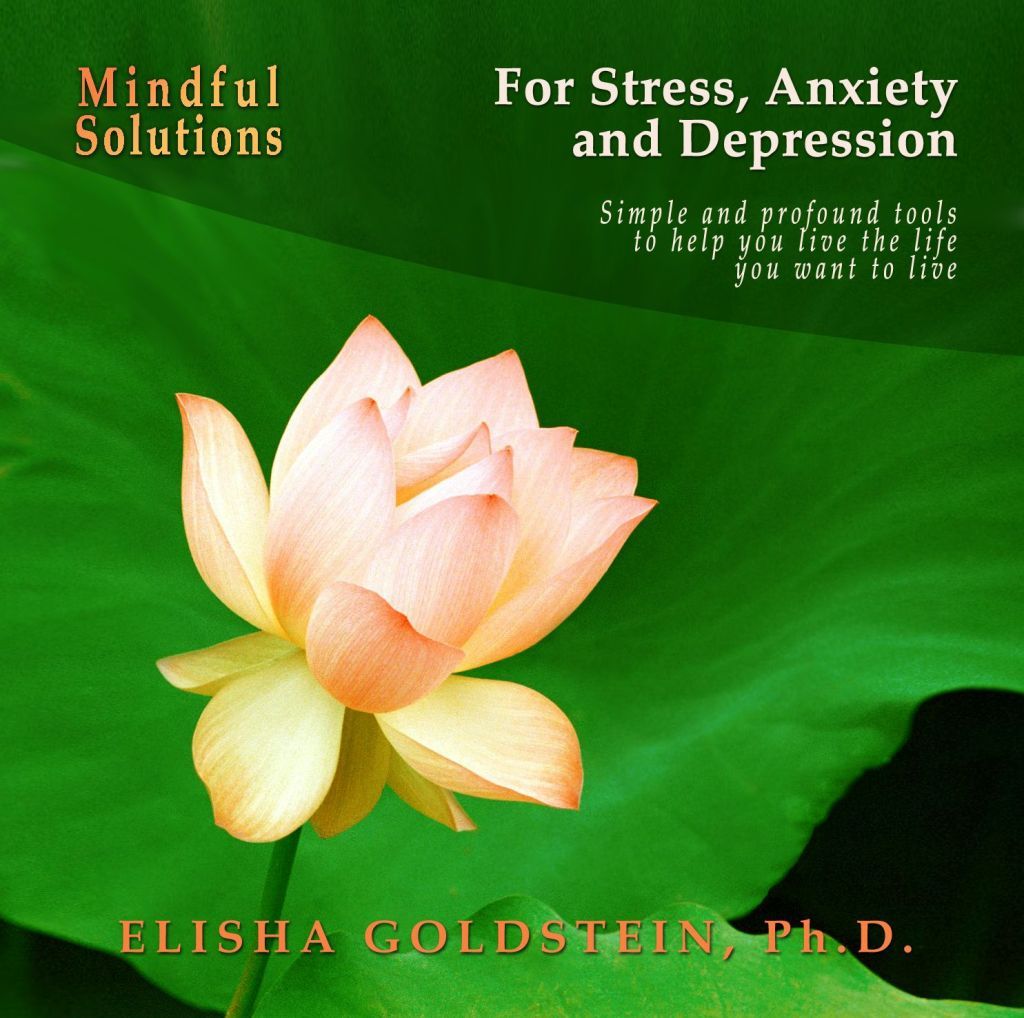 CD | MP3 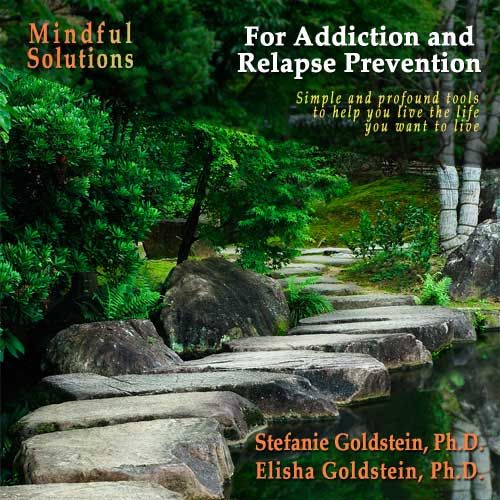 CD | MP3 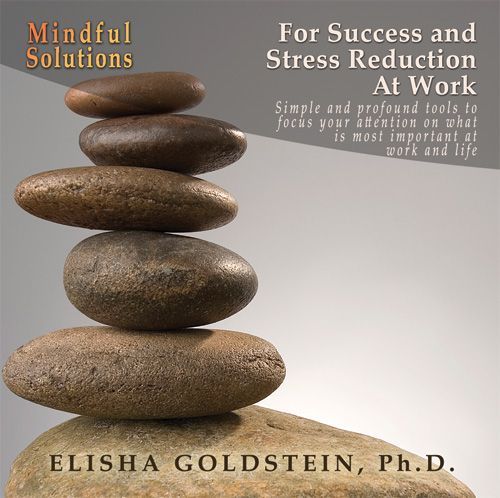 CD | MP3 | ||||||||||
